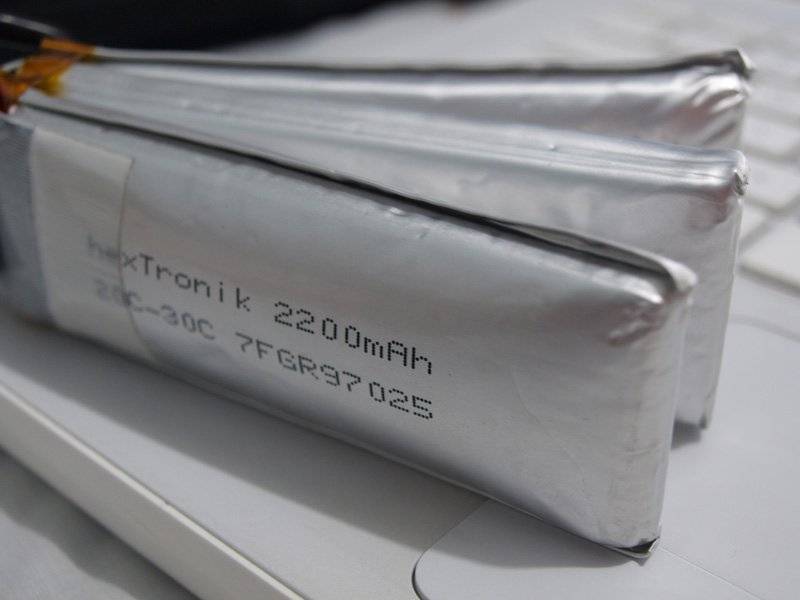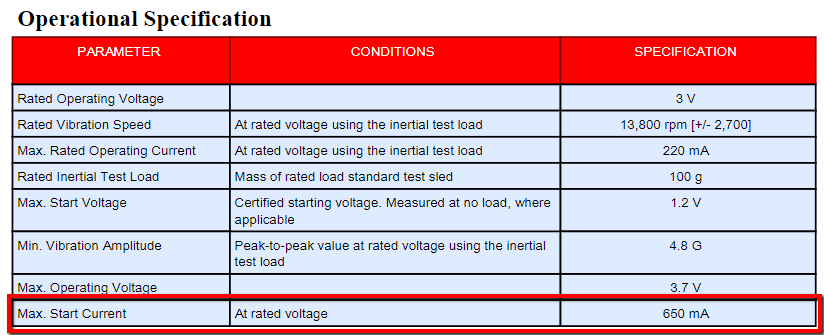Motor Surge protection in battery powered systems
Introduction
When considering a project including a miniature motor, the selection of the appropriate battery is crucial. Many variables may come into consideration, and a balance in regard to requirements is often necessary. Li-Po rechargeable batteries are the preferred option for many of our customers when designing portable devices. A proper understanding of the battery risks, and how to overcome them, should be considered right from the start of a design brief.
Li-Po batteries have a good charge-discharge characteristic and very high energy density – several times more than traditional batteries. But they have also some disadvantages, and sometimes Li-Po batteries could become dangerous in cases of:
- Overcurrent – while charging or discharging
- Overheating
- Perforation of the battery
All these risks can eventually lead to a fire. This situation makes safety a crucial matter when working with these kinds of batteries.

Ways to protect over-current issues
In this post, we are going to focus on different methods to overcome the over-current risk, as this can be common when working with motors. The following 4 ideas may be considered by designers:
1. Choosing your battery accordingly to the maximum start current of the motor
This is the safest approach. You can check in our datasheets what is the maximum current when starting the motor. By choosing a battery able to deliver this current within its safe limits you could operate the motor avoiding any over-current risk. The benefits of this are that you don’t need to implement any other method.
However, this solution may be not preferable, because you could end up specifying a battery whose limits are way beyond your real needs. And this will come with an extra cost and size.

2. The way you drive the motor has a critical impact on the start-up/surge current
A software programmed “soft start” of the motor will reduce the current spikes during start-up. This will enable you to operate within the safety current limits of your battery. As with any technique such as this, extensive lifetime testing is required.
3. Adding an inline Negative Temperature Coefficient (NTC) thermistor
NTC thermistors are cheap current-limiting devices. They are widely used in switching power supplies, fluorescent lamps, or, more important here, motor driving applications.
NTC thermistors are basically variable resistors. We can think about them as potentiometers, where the resistance is inversely proportional to the temperature. The Joule effect will help us to control the inrush currents required by the motor.
4. Built-in protection modules in Li-Po batteries
These modules are a good way to protect our system from over-charge and over-discharge issues. They can include also an over-current protection module, however, these tend not to be based on current monitoring, but in fact, measured voltage drops. Therefore, when the battery is fully charged, this over-current module could not detect a brief current surge, as the voltage drop can not be sufficient to be detected by this over-current detection module.
We can help!
We have supported several customers on this topic as part of our design-for-application and design-for-manufacture services. We’ve also discovered problems on customers’ behalf and alerted them, as part of our engineering due diligence when reviewing motors for their application.
If you’re thinking of using some miniature motors of any kind, we always recommend reaching out to us for a friendly chat. Our application design engineers see a lot of applications pass through their desks, and are familiar with a lot of the pitfalls that may not otherwise be so obvious.

Get in touch
Speak to a member of our team.
Motor catalogue
Looking for our products?
Reliable, cost-effective miniature mechanisms and motors that meet your application demands.
Newsletter
Sign up to receive new blogs, case studies and resources – directly to your inbox.

Sign up
Discover more
Resources and guides
Discover our product application notes, design guides, news and case studies.
Case studies
Explore our collection of case studies, examples of our products in a range of applications.
Precision Microdrives
Whether you need a motor component, or a fully validated and tested complex mechanism – we’re here to help. Find out more about our company.